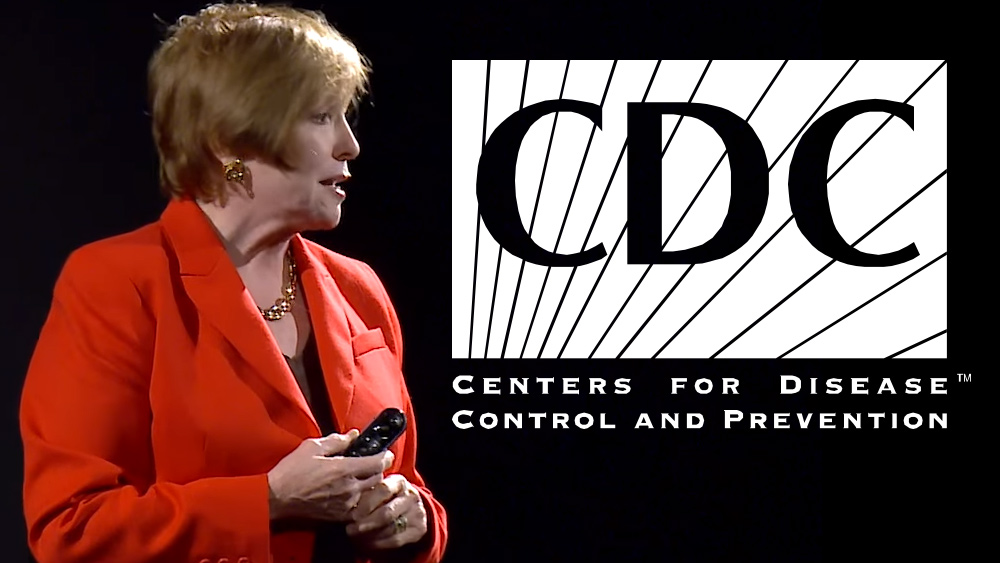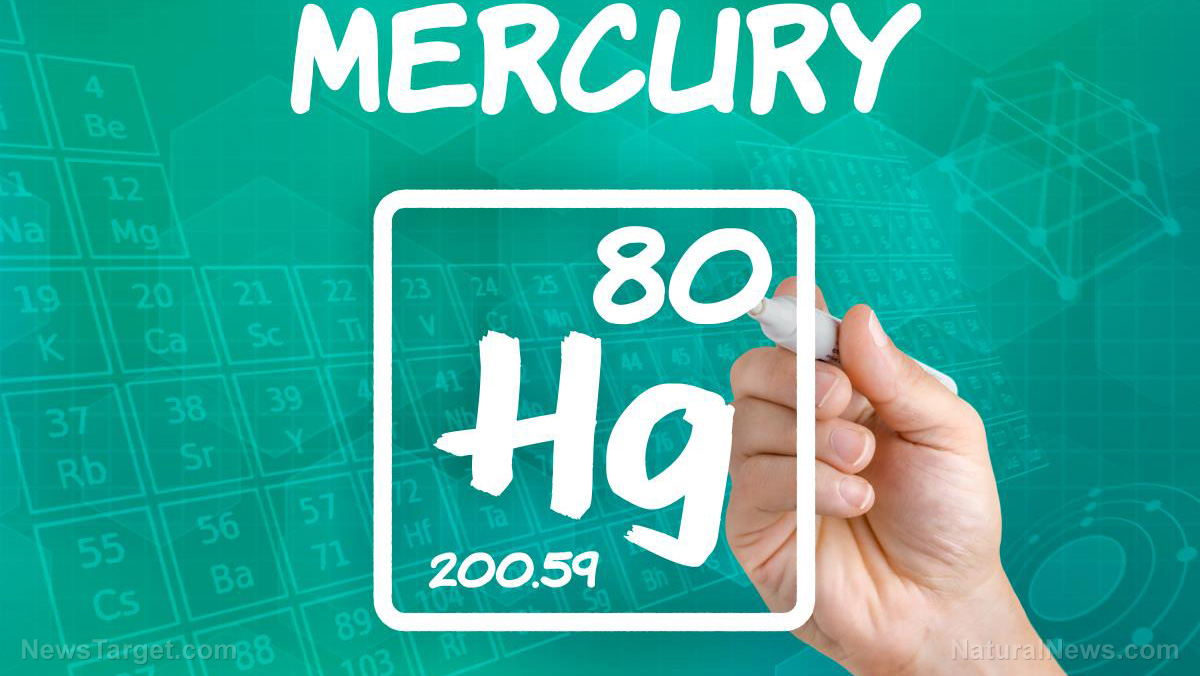Mercury in vaccines may be up to 50 TIMES more toxic to the brain than mercury in fish
03/02/2017 / By Tracey Watson

The vaccine debate has been raging for decades now, with strongly held viewpoints on both sides of the spectrum. President Trump’s establishment of a commission to evaluate the science on vaccines, in conjunction with the gauntlet thrown down by Robert De Niro and Robert Kennedy Jr., who have offered $100,000 to anyone able to conclusively prove the safety of mercury (as thimerosal) in vaccines, has brought the issue into the spotlight once more.
The fact that mercury is a potent neurodevelopmental poison is not under dispute; scientists can all agree on that. In fact, though mercury had been used in vaccines for decades, in the mid-1990s, it was removed from most vaccines, after scientists recognized that even low exposure to organic mercury could result in severe harm to fetuses and young infants. It was also around this time that the voices of parents’ whose children had been harmed by these vaccines really began to be heard. (Learn more about what concerned these parents at Vaccines.news)
Nonetheless, the vaccine industry and its mouthpiece, the CDC, continue to assert that it has been scientifically proven that “trace amounts” of mercury in vaccines in the form of thimerosal cannot cause harm.
Their argument is that while the mercury you would find in fish (methylmercury) is very dangerous, the mercury in thimerosal (ethylmercury) is entirely different, and can safely be jabbed into your kids multiple times.
A 2013 study by scientists from the Faculty of Health Sciences at the University of Brazil, published in the Journal of Applied Toxicology, investigated the toxicity of of ethylmercury vs. methylmercury. Though they stated that more research was needed into the subject, their findings were still interesting. (Keep up-to-date with the latest on mercury in vaccines at Thimerosal.news)
They noted that although methylmercury is considered dangerous in even tiny amounts, the World Health Organization (WHO) approves small doses of thimerosal in multiple vaccines taken repetitively during pregnancy and childhood. With this in mind, they compared the toxicity and potential harm of both etHg (ethylmercury) and meHg (methylmercury).
Their study abstract states: “In vitro studies comparing etHg with meHg demonstrate equivalent measured outcomes for cardiovascular, neural, and immune cells.” And then it gets really interesting, because they note that since the two types of mercury have different toxicity profiles, in vivo testing indicated that, “in real-life scenarios, a simultaneous exposure to both etHg and meHg might result in enhanced neurotoxic effects in developing mammals.” [Emphasis added]
So, not only are both types of mercury equally bad, but exposure to both would compound their toxic effects. That means, for example, that exposure to ethylmercury in a vaccine, combined with exposure to methylmercury in a tuna fish sandwich, would result in even greater harm.
Lisa Sykes, writing for Trace Amounts, raises some additional concerns about the mercury in vaccines. She notes that as bad as consuming mercury in fish is, that mercury is passing through the body’s digestive system, meaning that you end up absorbing far less of it. On the other hand, the mercury in vaccines is injected directly into the body, entering the bloodstream, and from there quickly passing directly into the tissue. The body is left defenseless against this direct attack.
Babies in their mothers’ wombs are even more vulnerable, since mercury passes the placental barrier straight to the fetus. The baby is therefore exposed to huge amounts of mercury at a time of critical neurological development.
Sykes also points out that unused vaccines that contain thimerosal are considered hazardous waste, and must by law be disposed of in steel drums. No such stipulation applies to fish, even fish with high mercury content. That alone indicates clearly that the mercury in vaccines is by no means harmless.
And just how much mercury is there in vaccines? The vaccine industry always references “trace” amounts, downplaying the issue to make any concerns seem trivial. The reality, however, as reported by TruthWiki, is that while fish like whitefish or tuna only contains about 250 to 500 parts per billion (ppb) of mercury, just one flu shot contains 51,000 ppb.
The simple fact that the CDC and the vaccine industry insist on saying that these vaccines pose “no harm” in spite of the clear scientific evidence to the contrary is a clear indication that both are involved in a massive cover-up. The fact is that vaccines are a $30 billion dollar a year industry, and those who benefit from it are going to do whatever they can to protect their own interests.
Sources:
Tagged Under: children, ethylmercury, mercury, mercury in fish, methylmercury, Robert De Niro, Robert F. Kennedy Jr., Thimerosal, vaccines




















